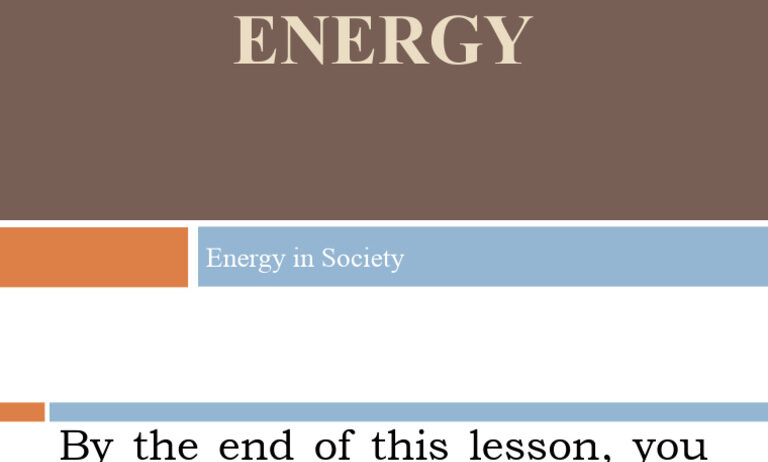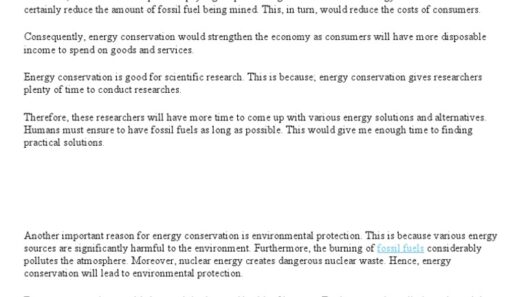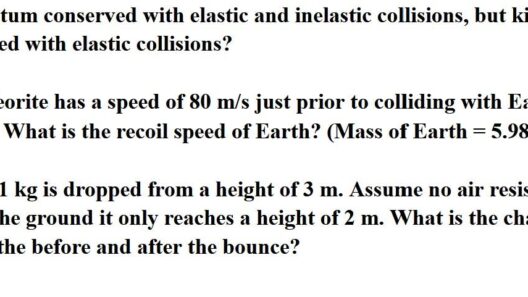The field of physics is replete with intricate concepts that shape our understanding of the universe. Among these, the Law of Conservation of Mass-Energy stands as a cornerstone in both physics and chemistry. This law eloquently encapsulates the relationship between mass and energy, revealing the fundamental interconnectedness of matter and the energy that fuels the cosmos. Understanding this principle sheds light on a myriad of phenomena, from atomic reactions to the very fabric of space-time.
At its essence, the Law of Conservation of Mass-Energy posits that the total mass and energy within a closed system remains constant, despite transformations from one form to another. Whether through chemical reactions or nuclear fission, the total quantities of mass and energy are preserved, elegantly transitioning from one form to another without ever disappearing. This principle imparts a sense of continuity and reliability to the workings of nature.
Delving deeper, we can contemplate the implications of mass-energy equivalence, succinctly encapsulated in Einstein’s famed equation, E=mc². Here, energy (E) and mass (m) are fundamentally interchangeable. A seemingly minuscule amount of matter can be converted into substantial energy, elucidating the awe-inspiring power driving nuclear reactions. This principle not only provides the foundation for understanding fission within nuclear reactors but also enlightens the awe surrounding the sun’s nuclear fusion processes.
The concept of mass-energy equivalence serves as a gateway to exploring various intricate phenomena in nature. The harmony of mass and energy is also evident in stars, where gravitational forces compress hydrogen atoms to create helium through nuclear fusion, releasing vast quantities of energy.
This radiant energy fuels the stars and forms the very fabric of our existence, driving ecological systems and enabling life on Earth. The interplay between mass and energy consistently highlights the elegance and sophistication inherent in the laws of the universe.
The Law of Conservation of Mass-Energy is particularly vital when examining chemical reactions. In chemical processes, the reactants undergo alterations that may transform their intrinsic properties. Yet, the total mass and energy remain unchanged. To illustrate, consider the process of combustion. When wood burns, its mass alters as it converts to ash, smoke, and gases. However, if we meticulously account for all the components, including the energy released in the process, we find a balance—an exquisite dance where mass transmutes into various energy forms while the total remains unchanged.
This principle also resonates through the lens of biological systems. Within living organisms, metabolic processes exemplify the mass-energy connection. Food, consumed as organic matter, undergoes transformation through metabolic pathways. As cells metabolize nutrients, mass is not merely vanishing but transforming into usable energy—akin to a finely tuned orchestra playing a symphony of life. Each breath we take, and every cellular activity illustrates this crucial connection, fortifying our understanding of life’s processes.
Yet, there exists a tantalizing paradox in the interplay of mass and energy. As energy manifests in different forms, whether as kinetic energy in motion, thermal energy as heat, or potential energy stored within objects, the manifestation can lead to an apparent dichotomy—mass seems to ebb away as energy emerges. However, it is within this very dichotomy that the beauty of the Law of Conservation of Mass-Energy resides. The seamless transition underscores the eloquence of nature, revealing its multidimensional aspects.
In contemplating these profound ideas, we encounter a broader narrative concerning our environmental consciousness. The evolution of energy consumption, particularly in the age of industrialization, serves as an illustrative case study. As humans have forged ahead in harnessing energy—often underestimating the need for maintaining balance—the repercussions are all too evident.
Our extraction of energy from fossil fuels releases not only thermal energy but also contributes to environmental degradation. Hence, it becomes paramount to advocate for more sustainable practices that honor the conservation principle. By learning to treat energy and mass with reverence, we foster a global imperative towards sustainability.
The Law of Conservation of Mass-Energy offers an aesthetic allure that captivates thinkers across disciplines. It urges us to question, ponder, and re-evaluate our interactions within the universe. As we strive for knowledge, humanity’s quest for understanding will ultimately guide us towards a more harmonious existence with the environment.
In this dance of mass and energy, lies the grim reminder of our impact on the delicate balance of nature. Our responsibility, therefore, is to interact with these forces wisely, ensuring that they endure for generations to come. The universe, in its intricate beauty, invites us to witness the perpetual transformation that defines existence. This invitation beckons not only scientists and scholars but each of us, urging our commitment to the well-being of our planet and its resources.








